



 For Anne Aunty Lepori,
For Anne Aunty Lepori,
whose pastina set the tempo to my life
Published in 2010 by Stewart, Tabori & Chang
An imprint of ABRAMS
Text copyright 2010 Georgia Pellegrini
Photographs copyright 2010 Georgia Pellegrini
All rights reserved. No portion of this book may be reproduced, stored in a retrieval system, or transmitted in any form or by any means, mechanical, electronic, photocopying, recording, or otherwise, without written permission from the publisher.
Library of Congress Cataloging-in-Publication Data
Pellegrini, Georgia.
Food heroes : sixteen culinary artisans preserving tradition / Georgia Pellegrini.
p. cm.
Includes bibliographical references and index.
ISBN 978-1-58479-854-5 (alk. paper)
1. Gastronomy. 2. Cookery. 3. Food crops. 4. Natural foods. I. Title.
TX631.P45 2010
641.013dc22
2010003754
Editor: Dervla Kelly
Designer: Anna Christian
Production Manager: Tina Cameron
Stewart, Tabori & Chang books are available at special discounts when purchased in quantity for premiums and promotions as well as fundraising or educational use. Special editions can also be created to specification. For details, contact specialsales@abramsbooks.com or the address below.

115 West 18th Street
New York, NY 10011
www.abramsbooks.com

 CONTENTS
CONTENTS 

 INTRODUCTION
INTRODUCTION
I can still picture her standing in her gardens, permanently hunched over, with shovel and trowel, her white hair puffing out from below the brim of her baseball hat, her floral skirt falling just above her muddy oversized sneakers. My fathers aunt, Ann Gray, was my first food hero. When I was growing up, Aunt Gray and I would take long walks through the fields where she and I were both raised, in Sparkill, a tiny hamlet in New Yorks Hudson Valley, and she would point out every tree and shrub that her father, my great-grandfather, had planted. When she died, the metallic labels she used to identify her plants still twinkled in the sun as a reminder of her determination to preserve old varieties.
Aunt Gray was famous for her rustic cornbread, as well as for her homemade ice cream, which she prepared with the bare minimum of sugar in order to let the other flavors come through. She probably would have eliminated sugar from her recipes altogether if she could have gotten away with it, such was her disdain for added sweetener. Some people may have found her cooking a bit too austere, but our family grew to appreciate her Puritanical approach; thanks to her, I learned to make my jellies and tarts taste even better with less sugar.
Aunt Gray never had children, but nonetheless seems to have exerted her influence on my father as he grew up. Though born in the most urban of environments, he was brought back to the country by the age of six and soon became a devout exurbanite. He, too, came to learn the name of every plant on our land and added labels of his own. He planted quince trees and greengage plums, built beehives and filled them with Russian and Italian honeybees, and constructed chicken coops teeming with Rhode Island Reds. As a teenager, Id sit on a boulder by the creek with my dad, push a fat worm onto a hook, and fish for trout, which we fried up in the skillet for breakfast. I snipped wild chives from the bottom of the back stairs for omelets and salads. I became the self-proclaimed wild raspberry queen, battling the birds every late July so I would have enough fruit to make jam.
After moving to New England for college, the path of least resistance lured me back to New York and into the world of finance. But as I sat blurry-eyed from scrutinizing Excel spreadsheets, and watched the cafeteria dinner cart roll by night after night, my yearning for the kitchen consumed me. And so I traded Wall Street for culinary school, diving into tournage, fond, consomm, pte brise and sucre, crme patisserie, and pte choux. There I made petite clair swans filled with pastry cream, pear tarts with frangipane, braised shanks, and glazed vegetables carved into equally sized ovals. It was endless and exhausting and satisfying.
I met my next inspiration, Kristian, on my first day as a line cook at Blue Hill at Stone Barns in the Hudson Valley. He was the fish cook, and when he slid out of the cold room balancing trays of butterflied trout on his palm, everyone, including me, turned to look. Tall and thin, he wore tight black pants and white slip-on clogs, and his brown hair was slicked back into a ponytail. When he spoke, his voice was so soft I could barely understand himit was like another language: half whisper, half French.
Kristian taught me something significant every day. He stood by my side, our cheeks inches apart, and I watched him turn chives into delicate rings as thin as strands of hair. He showed me how to bring them to my lips and feel the texture on my tongue. This is how chives should feel when they are sliced properly, he would say. Like texture on the tip of the tongue.
For me, life at Stone Barns was a return to the natural order of things, and my work there catapulted me back to my childhood. On Thursdays, Kristian and I collected eggs before going into the kitchen. We jumped over the electric fence and gathered as many eggs as we could before the chickens began pecking at our toes. When the work was brutal, when our bodies were stiff from lifting heavy crates and our ears rang from the frenetic yelling of the kitchen bosses, we picked flowers for the stations in the kitchen. Some nights, just around midnight, we went into the attic and sorted through boxes of tomatoes, separating the perfect ones from those acceptable for staff meal, and those to be turned into tomato water. He taught me the names of heirloom tomatoesGreen Zebra, Garden Peach, Banana Legsand the different feeling each one has against the skin. The earthy smell of rotten tomatoes was something I grew to love.
Marion the forager, who often came to visit the kitchen with her latest discoveries, became another hero. She brought oyster mushrooms, some of which were a beautiful greena sign that the mushroom season was coming to an end. She invited me along on some of her hunts, where shed spend an evening lurking in the shadows of her neighbors yards, cutting mushrooms off their trees with her knife. Mushrooms bring out the gypsy in me, she would say with a smile.
Next page
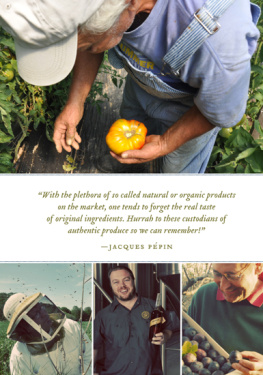

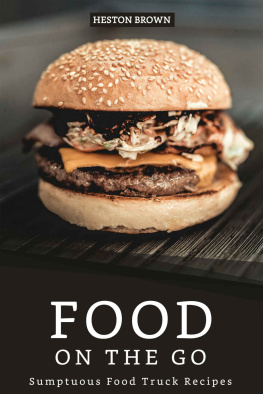
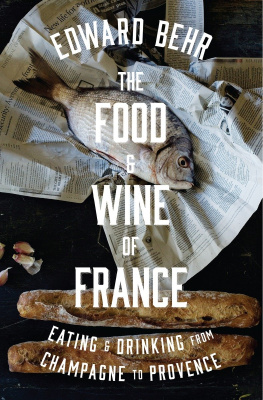
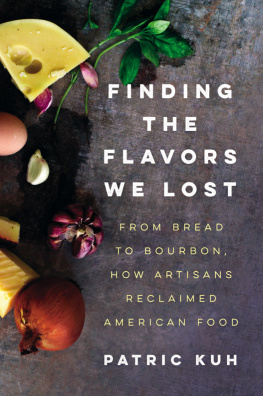
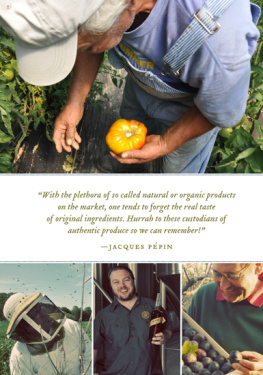
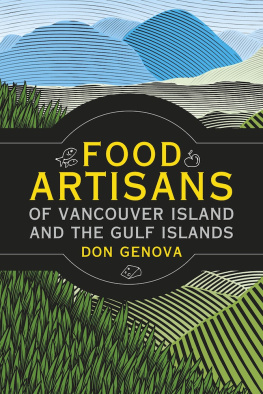





 For Anne Aunty Lepori,
For Anne Aunty Lepori,

 CONTENTS
CONTENTS 
